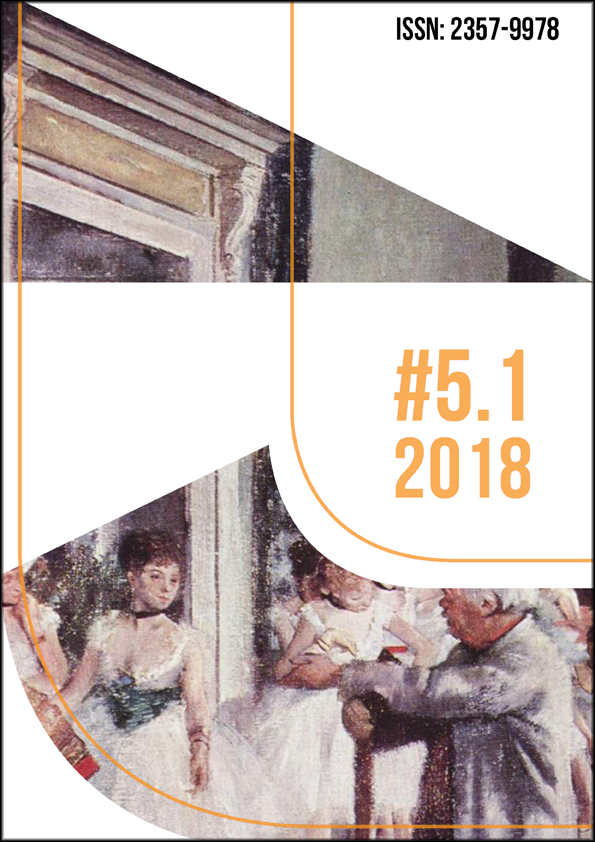Tons de pele: fluxos e fricções
DOI:
https://doi.org/10.36025/arj.v5i1.13638Palavras-chave:
Performance, Dança contemporânea, Processos de criação, Transculturalidade, Performance políticaResumo
O presente artigo relaciona a presença de variados padrões estéticos, usuais na Dança Contemporânea, com certos poderes culturais hegemônicos utilizando conceitos de fluxo e fricção. O objetivo deste artigo é ressaltar o quanto elementos coreográficos podem apresentar de performance política na sua performance estética. Nosso eixo de análise temática remete assim aos conceitos e processos de hibridização, aculturação e assimilação presentes em Canclini, Gilroy e Louppe.
Downloads
Referências
CANCLINI, Néstor Garcia. Culturas Híbridas: estratégias para entrar e sair da modernidade. 4. ed. São Paulo: EDUSP, 2006.
DANÇA. Dicionário de ballet. Disponível em: https://danca.wordpress.com/tag/dicionario-de-ballet. Acesso em: 31 ago. 2018
FAZENDA, Maria José. As histórias que as pessoas dançam sobre si próprias: as linguagens de Jérôme Bel, Montalvo/Hervieu, Shobana Jeyasingh e Akram Khan. Lisboa: Instituto Politécnico de Lisboa, 2010. Disponível em: http://hdl.handle.net/10400.21/2580.
GEERTZ, Clifford. A Interpretação das Culturas. Rio de Janeiro: LTC,1989.
GRUZINSKI, Serge. O pensamento mestiço. São Paulo: Companhia das Letras, 2001.
HANNERZ, Ulf. Fluxos, Fronteira, Híbridos: Palavras-chave da antropologia transnacional. Revista Mana, Rio de Janeiro, v. 3, n. 1, 1997.
LOUPPE, Laurence. Poética da Dança Contemporânea. Lisboa: Orfeu Negro, 2012.
______. Corpos Híbridos. In: PEREIRA, Roberto. Lições de dança 2. Rio de Janeiro: UniverCidade Editora,2000.
PAVIS, Patrice. Dicionário de Teatro. Tradução de Jacob Guinsburg e Maria Lúcia Pereira. São Paulo: Perspectiva, 1999.
WILLIAMS, Raymond. Sociología de la cultura. Tradución de Graziella Baravalle. Supervisión de M. Gracia Cantó. Fontana: Paidós, 1981.
Downloads
Publicado
Como Citar
Edição
Seção
Licença
Copyright (c) 2019 Denise Mancebo Zenicola (Autor)

Este trabalho está licenciado sob uma licença Creative Commons Attribution-NonCommercial-ShareAlike 4.0 International License.

Esta obra está licenciada com uma Licença Creative Commons Atribuição-NãoComercial-CompartilhaIgual 4.0 Internacional.
Autores detêm os direitos autorais ao licenciar sua produção sob Creative Commons Atribuição-NãoComercial-CompartilhaIgual 4.0 Internacional.


 English
English Português (Brasil)
Português (Brasil)
